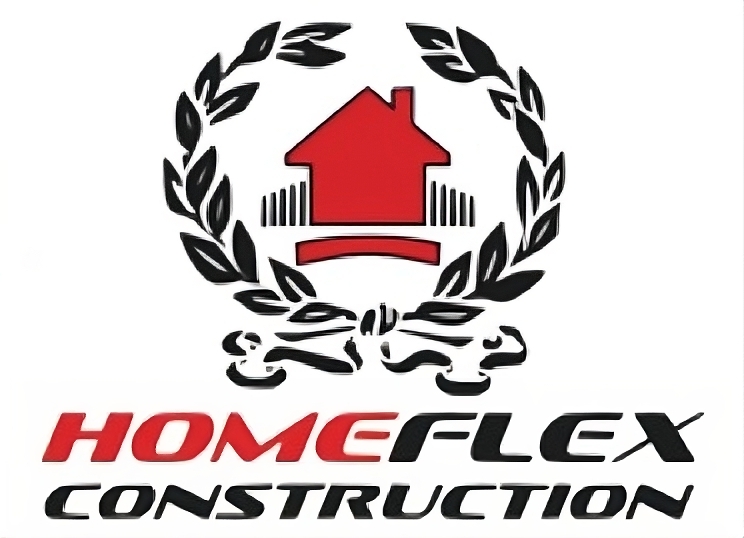In the bustling city of New York, construction is constant. From high-rise towers in Manhattan to brownstone renovations in Brooklyn, progress comes with a price: noise. With dense neighborhoods, 24/7 city life, and strict regulations from the NYC Department of Environmental Protection (DEP), controlling construction noise is not just a courtesy; it’s a compliance necessity.
Whether you’re a contractor, developer, or property owner, understanding how to manage noise pollution effectively is essential for a successful urban project.
Why Noise Control Matters in NYC Construction
Noise complaints are one of the most common grievances filed by New York residents. Excessive or poorly managed construction noise can delay projects, result in hefty fines, and damage a company’s reputation. More importantly, it can impact the health and well-being of residents.
Proactive noise control helps ensure smoother project execution, better community relations, and compliance with city laws like NYC’s Noise Code, which mandates quiet hours, monitoring, and mitigation strategies.
1. Understanding NYC Noise Regulations
New York City’s Noise Code sets strict guidelines for allowable sound levels and permitted hours for construction work. Typically, construction is allowed from 7 AM to 6 PM on weekdays, but special permits are needed for after-hours or weekend work.
Contractors are required to submit a Noise Mitigation Plan for any work involving power tools, demolition, or heavy machinery. Failing to follow this protocol can lead to legal action or work stoppages.
2. Using Acoustic Barriers and Sound Blankets
Temporary acoustic barriers and sound blankets are among the most effective tools in urban construction noise control. These heavy-duty materials absorb and block noise from machinery and hammering, reducing the impact on nearby homes and businesses.
They can be wrapped around scaffolding, fences, or specific noise sources, offering both flexibility and compliance with city noise standards.
3. Scheduling Loud Work Strategically
Timing is everything in construction. Schedule the loudest activities like jackhammering or concrete cutting during the mid-morning or early afternoon when foot traffic and resident activity are lower.
Avoiding early morning or late evening disturbances not only keeps neighbors happy but also aligns your site operations with DEP regulations, preventing potential fines.
4. Investing in Low-Noise Equipment
Modern construction equipment is now available with built-in noise-reducing technology. Electric tools, hydraulic crushers, and newer generation generators are significantly quieter than their traditional counterparts.
Though sometimes more expensive up front, this equipment can make a major difference in project comfort, compliance, and public perception, especially in highly residential or mixed-use areas.
5. Implementing Proper Maintenance and Calibration
Machines in poor condition tend to operate noisier. Regular maintenance, including lubrication and tightening of bolts, helps prevent unnecessary rattling or engine noise. Equipment calibration ensures that noise levels remain within acceptable limits throughout the project.
Well-maintained equipment runs more efficiently, lasts longer, and reduces the likelihood of exceeding permissible decibel levels.
6. Installing Noise Monitoring Devices
To stay on top of compliance, many contractors now install noise monitoring systems at job sites. These devices continuously record decibel levels and alert managers if thresholds are exceeded.
Live monitoring not only helps you stay compliant but also builds transparency with the public and city inspectors. Data from these devices can also be included in reports or used to defend against noise complaints.
7. Educating Crews on Noise Best Practices
Sometimes noise reduction comes down to simple behavior. Train your construction team to turn off idling machines, communicate without yelling, and limit the use of multiple loud tools at once.
Building a culture of awareness and responsibility helps keep noise under control and ensures everyone on-site understands their role in maintaining a quieter project.
8. Communicating with the Community
Before work begins, notify nearby residents and businesses about the construction timeline, expected noise levels, and steps being taken to minimize disruption. Providing regular updates through signs, flyers, or digital communication helps build trust and patience.
Being proactive with outreach can often turn a frustrated neighbor into a supportive one.
Conclusion
In a city as vibrant and densely populated as New York, construction noise control isn’t just about following the rules; it’s about showing respect for the community and building smart, sustainable urban projects. From selecting quieter tools to scheduling thoughtfully and staying compliant with DEP guidelines, there are countless ways to reduce construction noise without slowing down progress.
At Homeflex Construction Corporation, we prioritize responsible construction practices that keep your project running smoothly while minimizing disruption. Let us help you build better, quieter, and more accountable, one project at a time.
